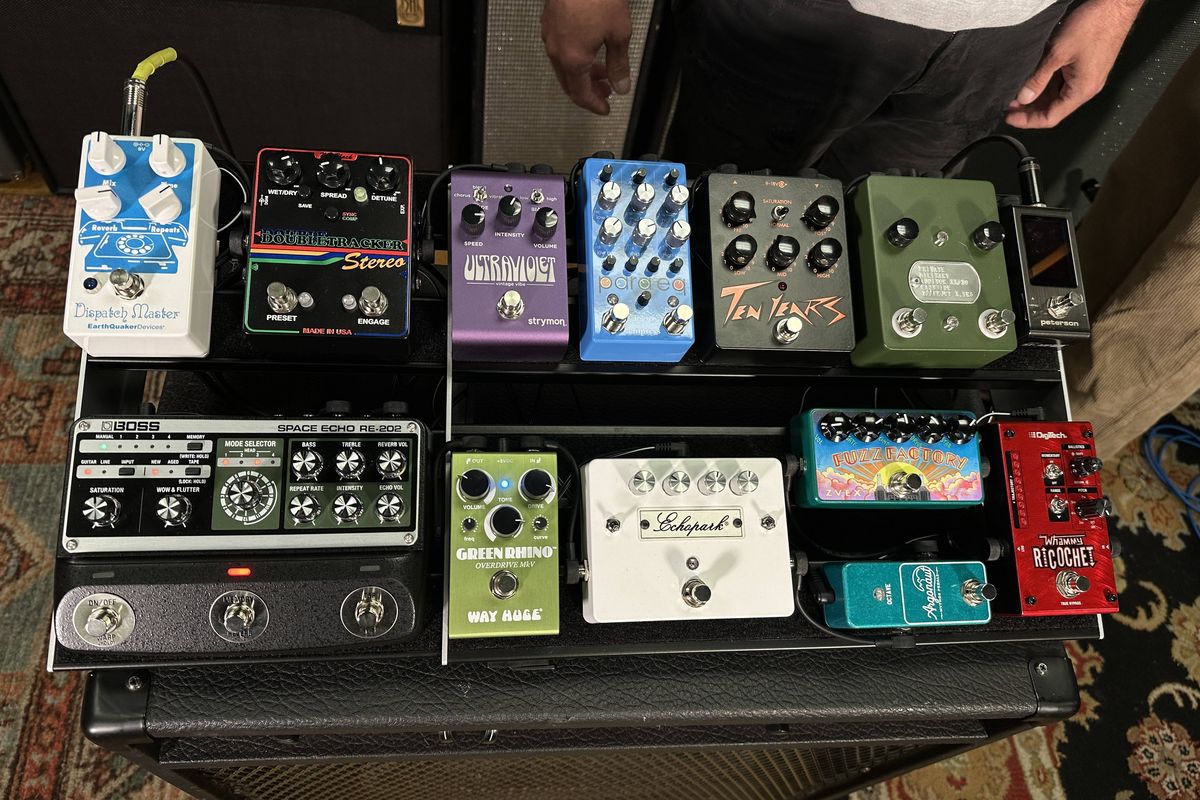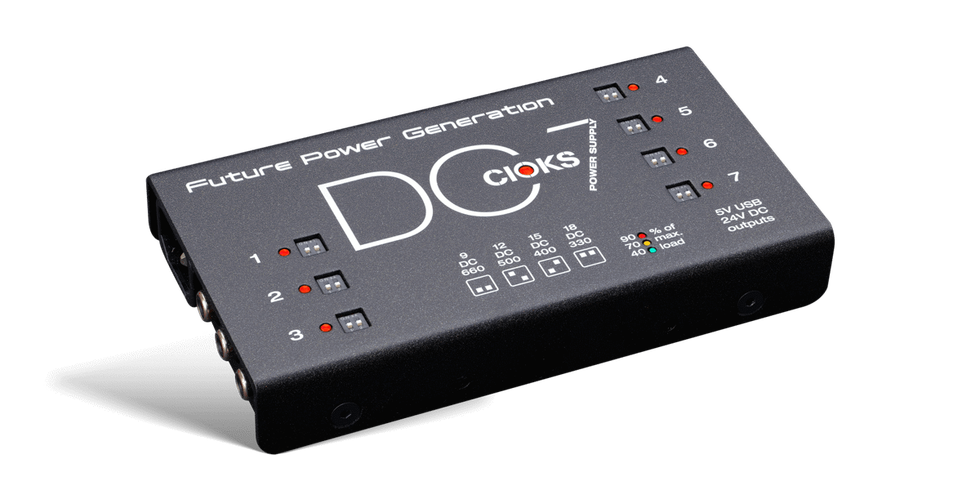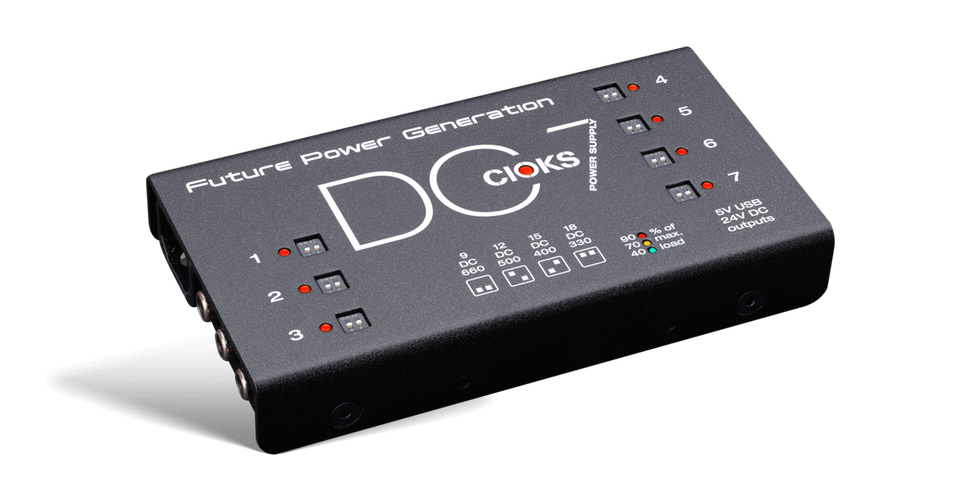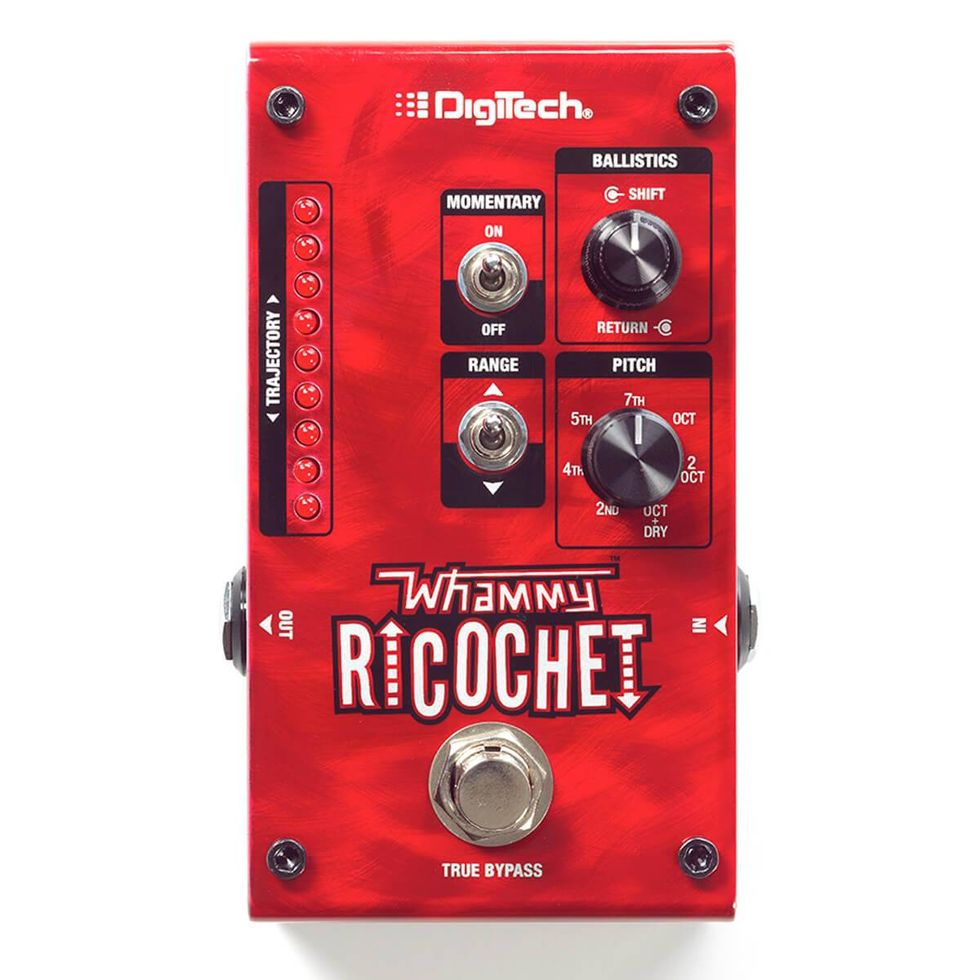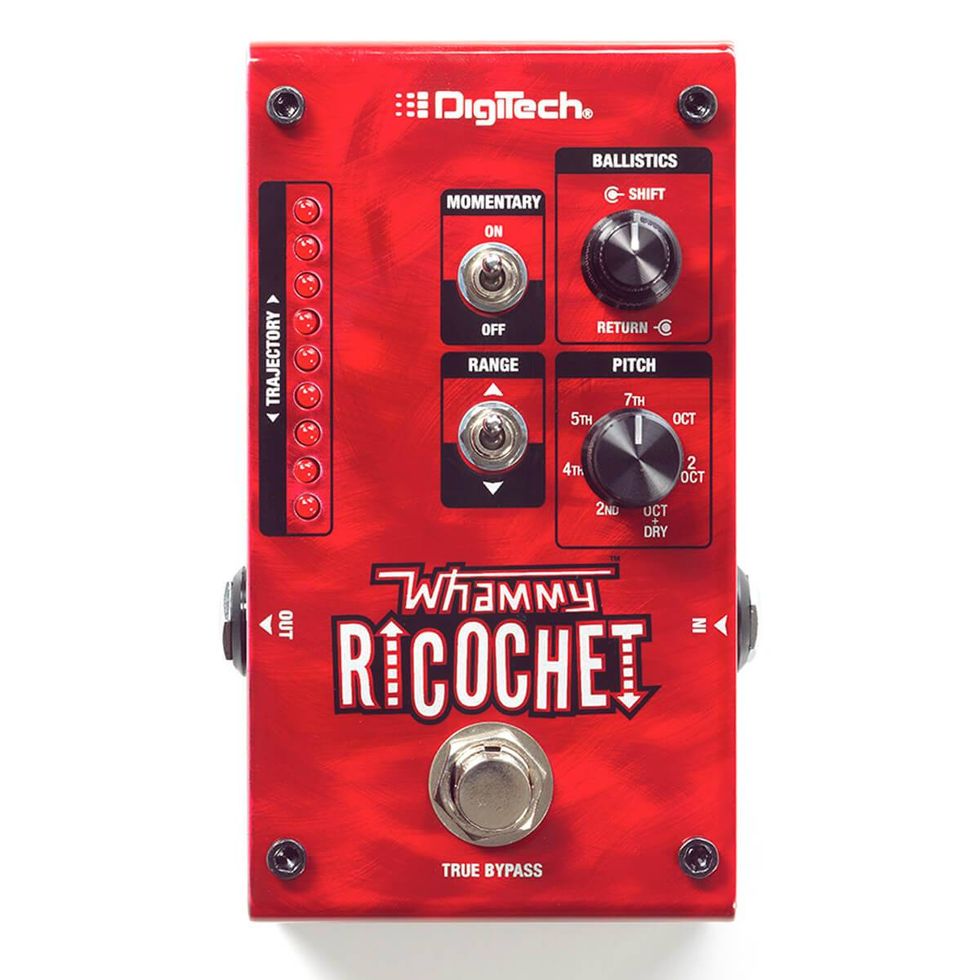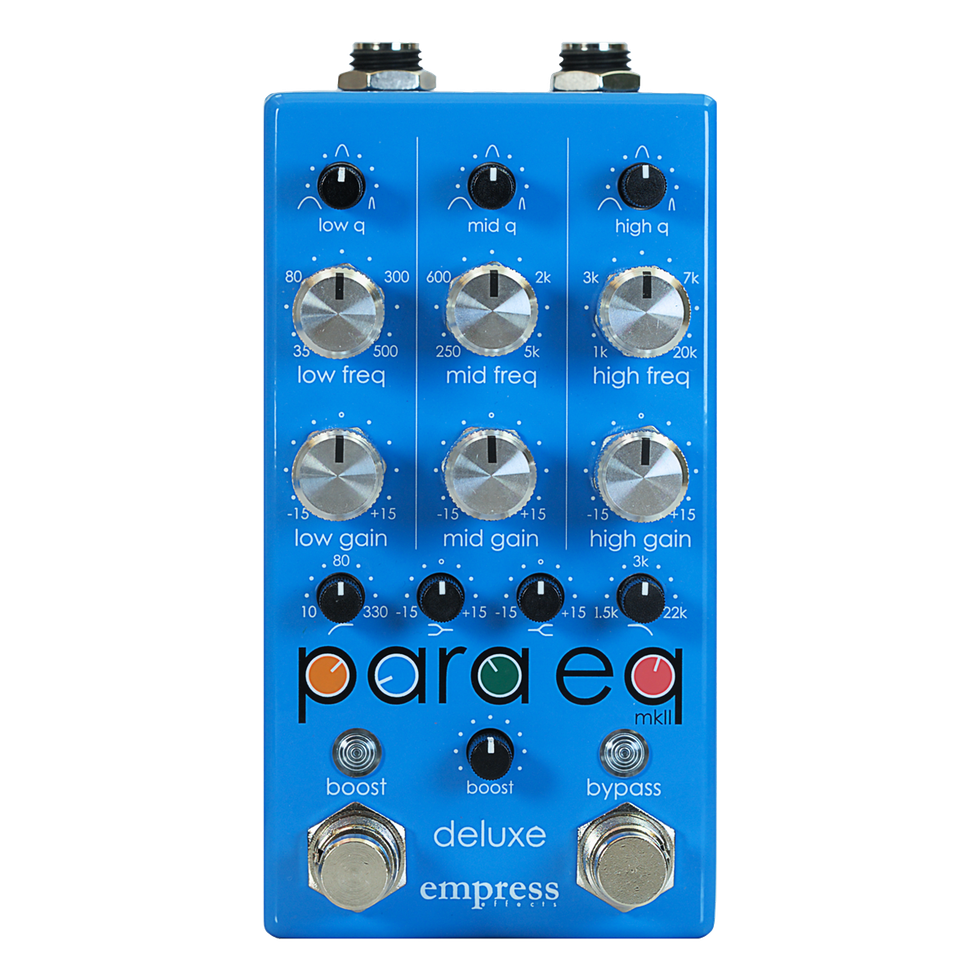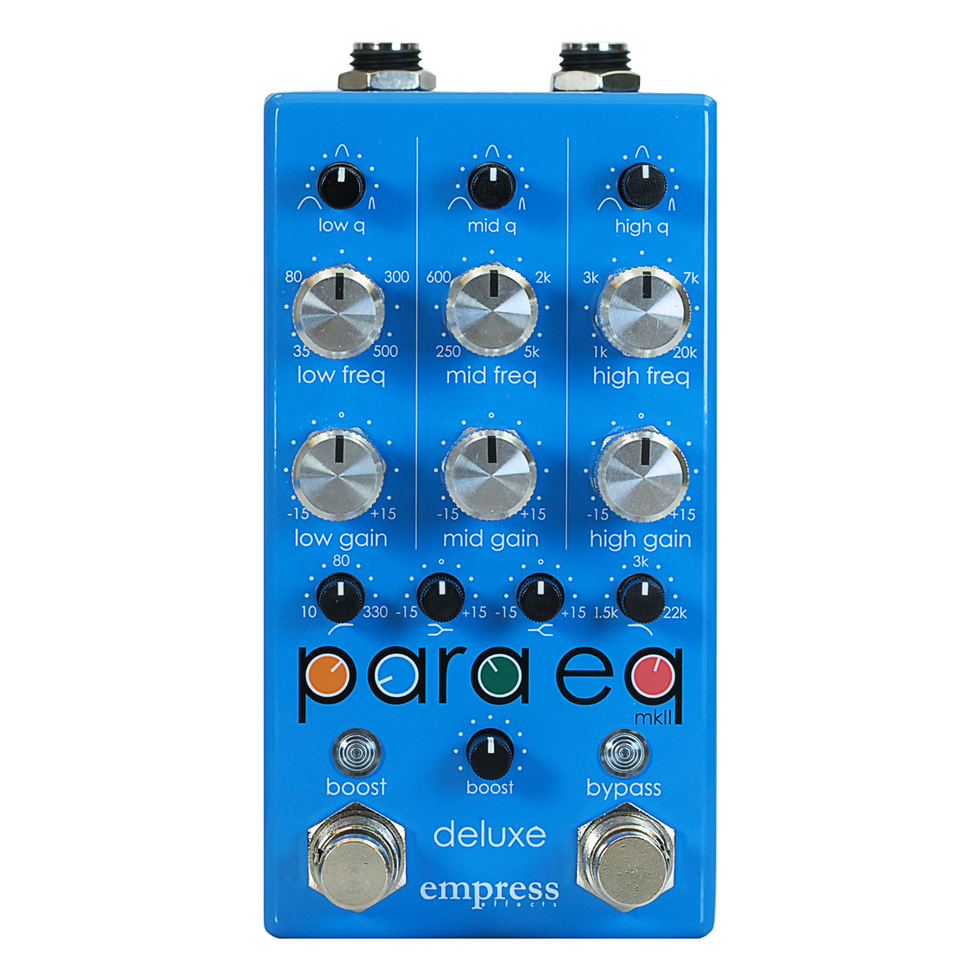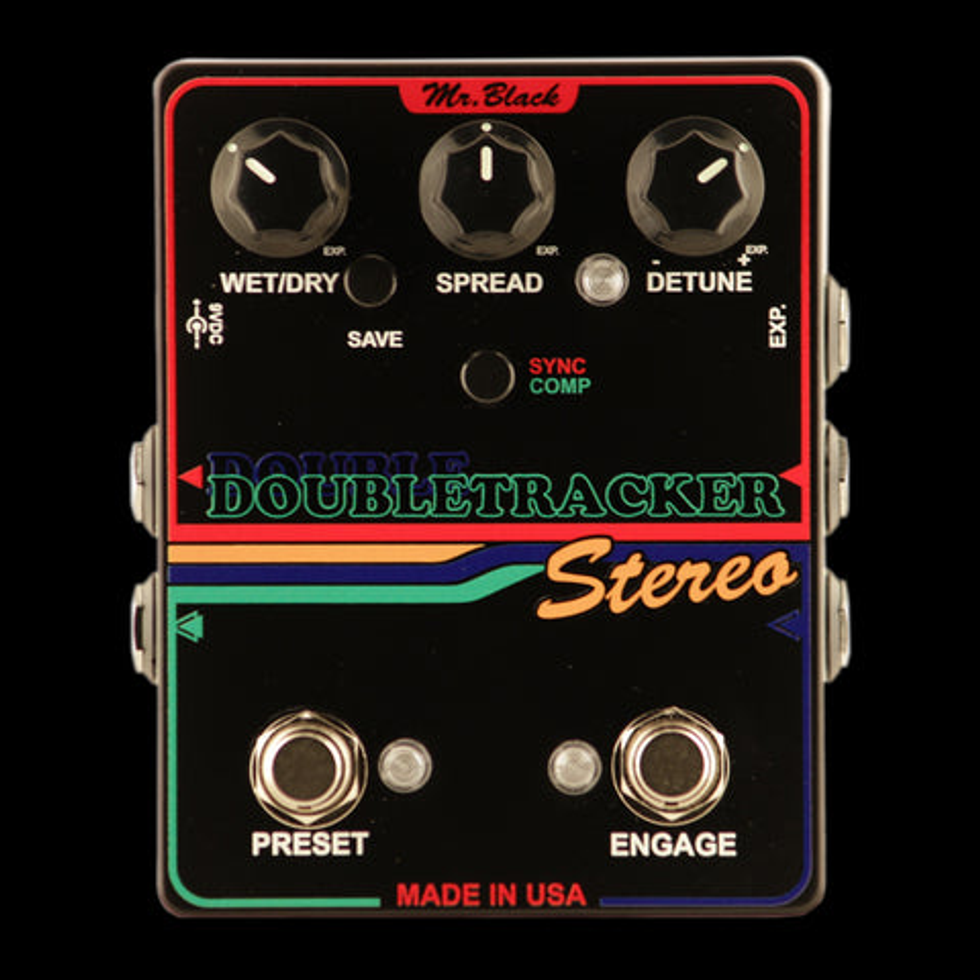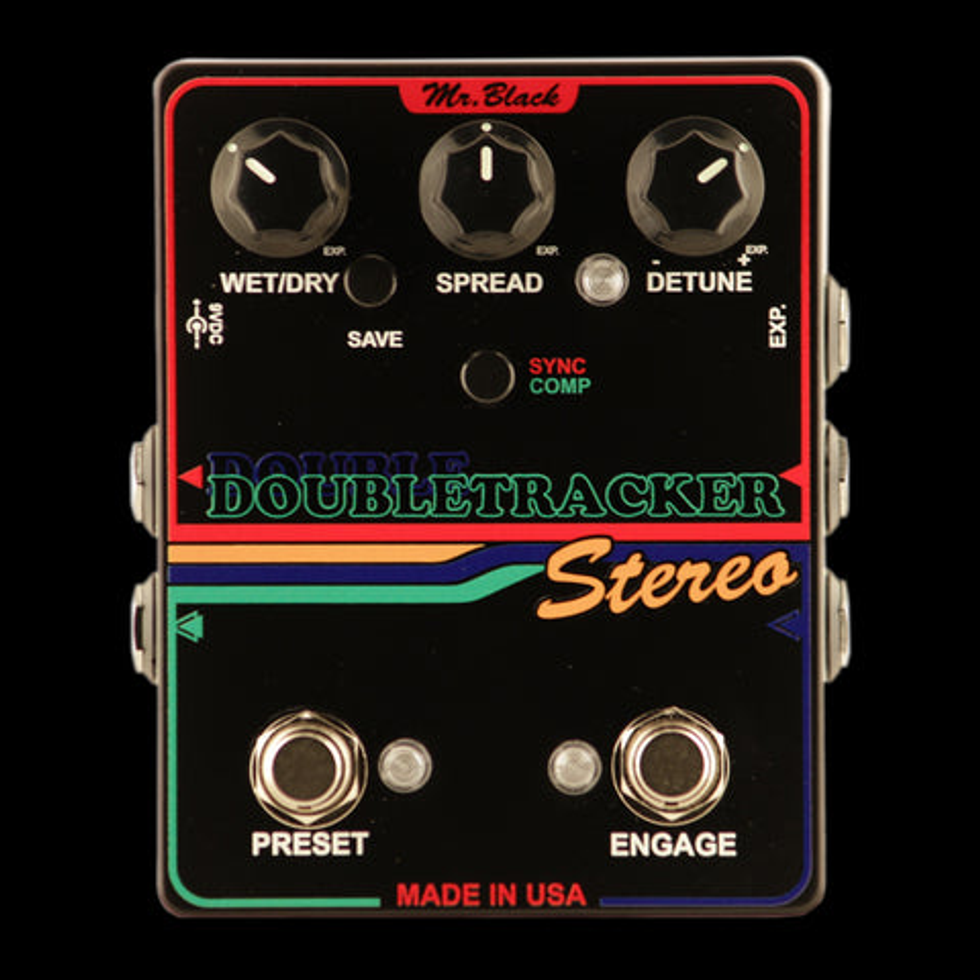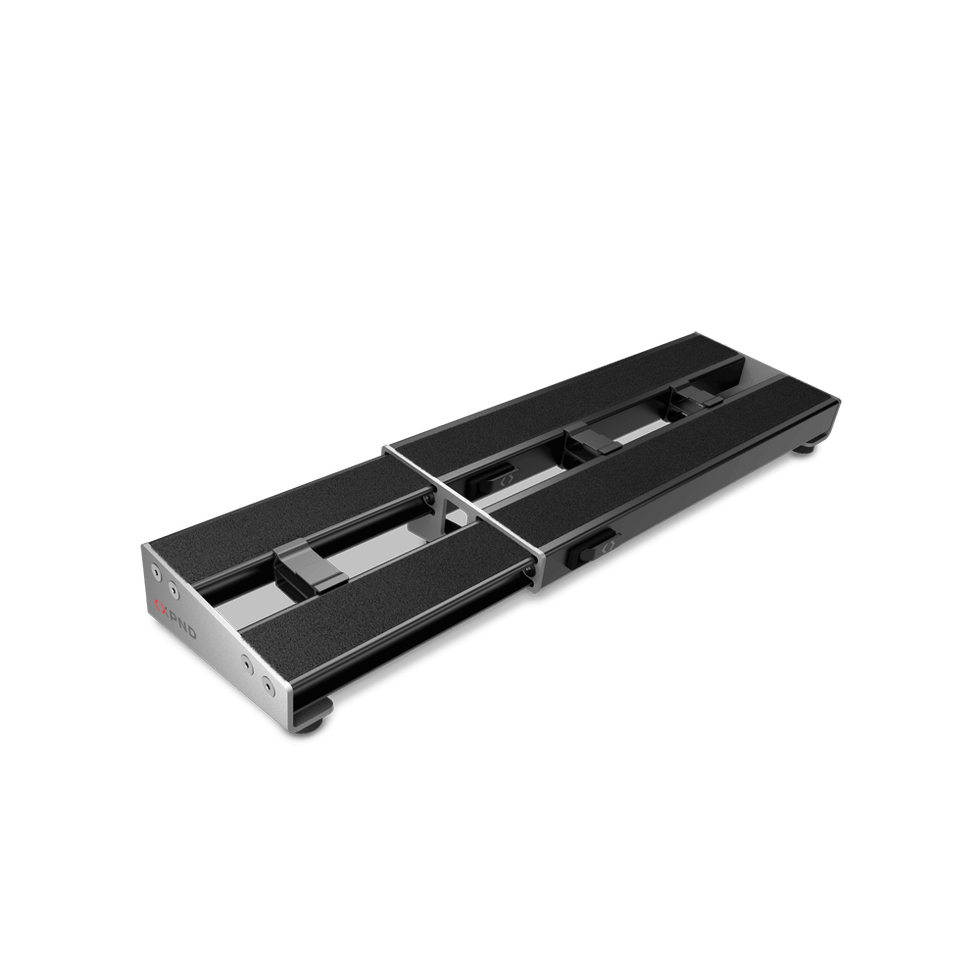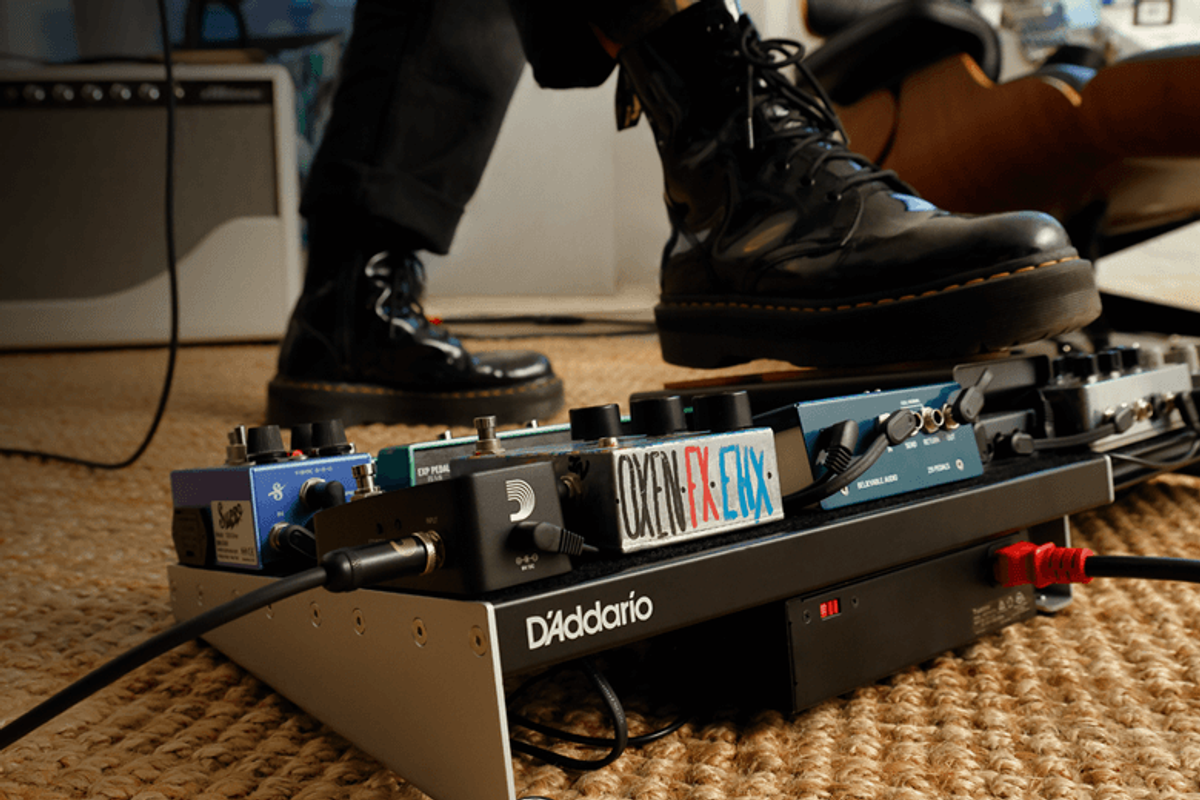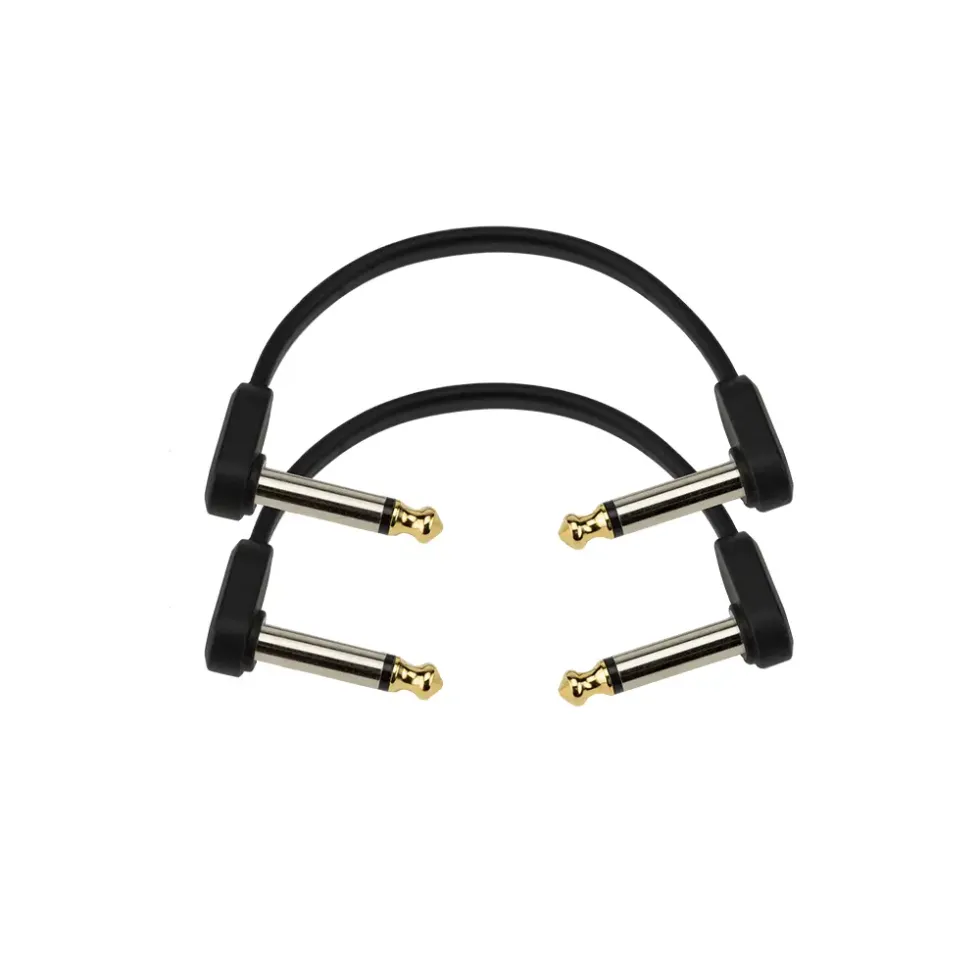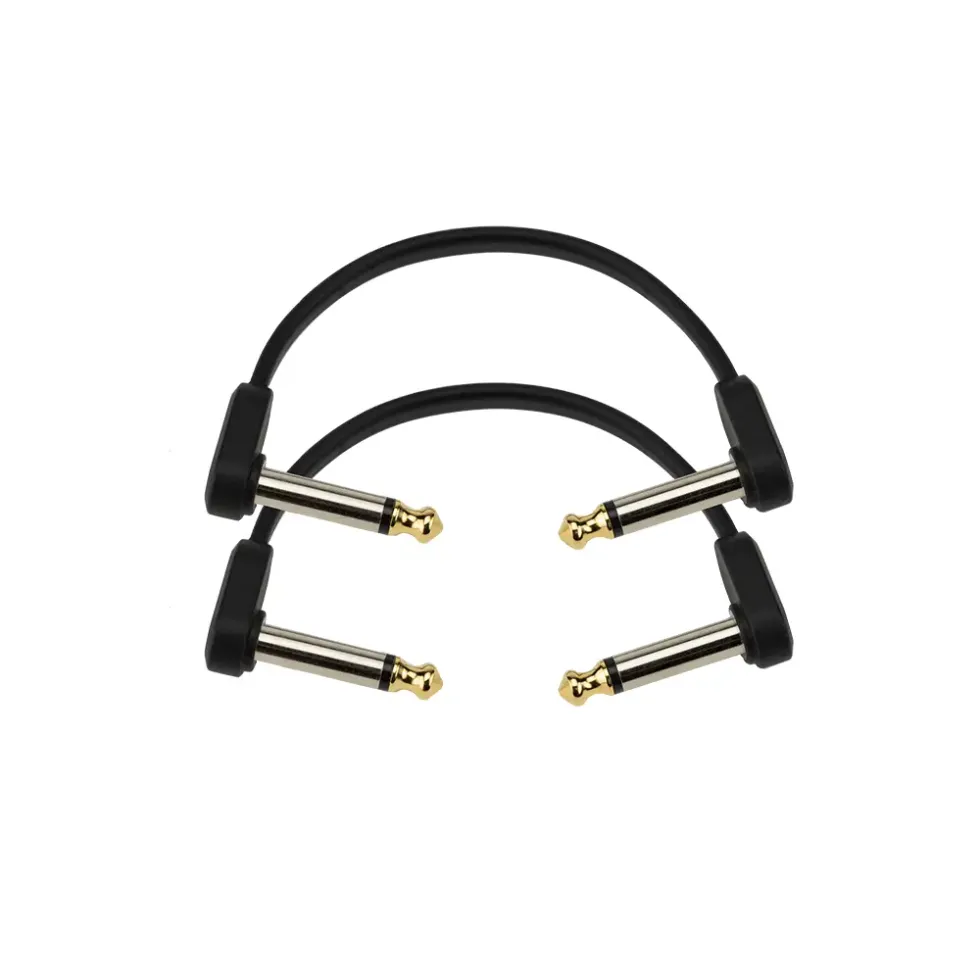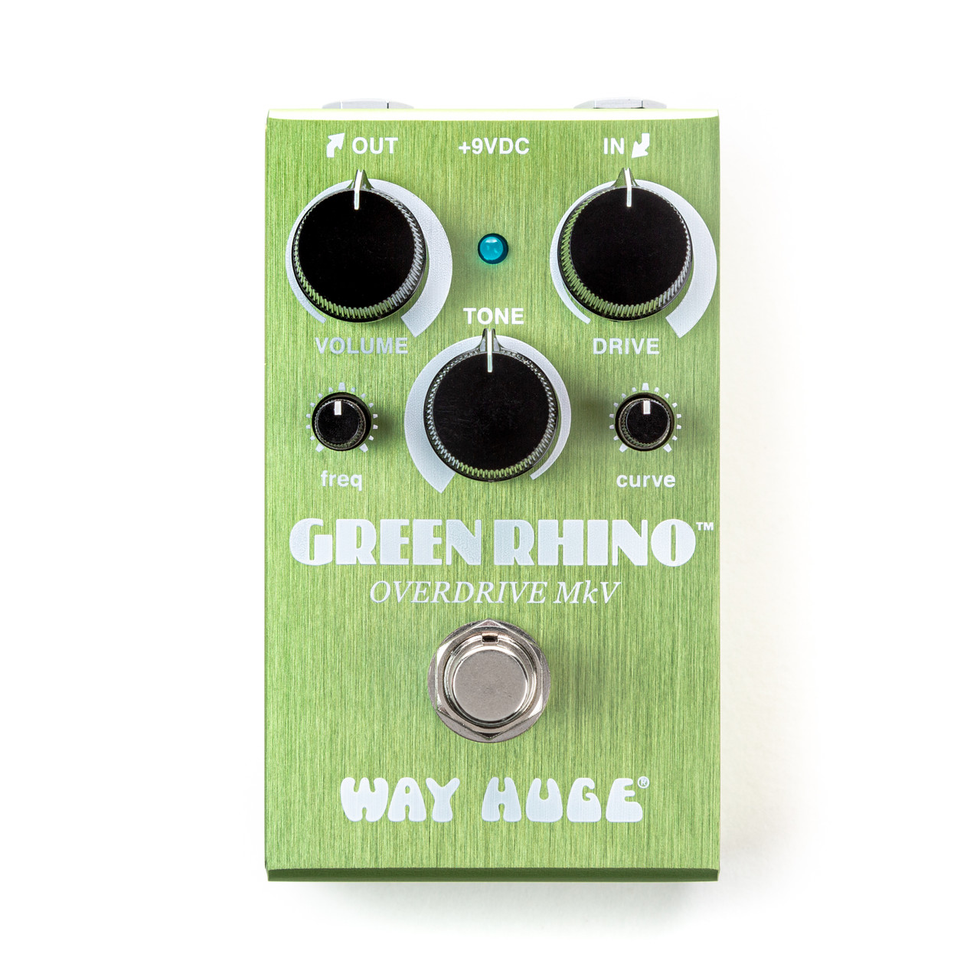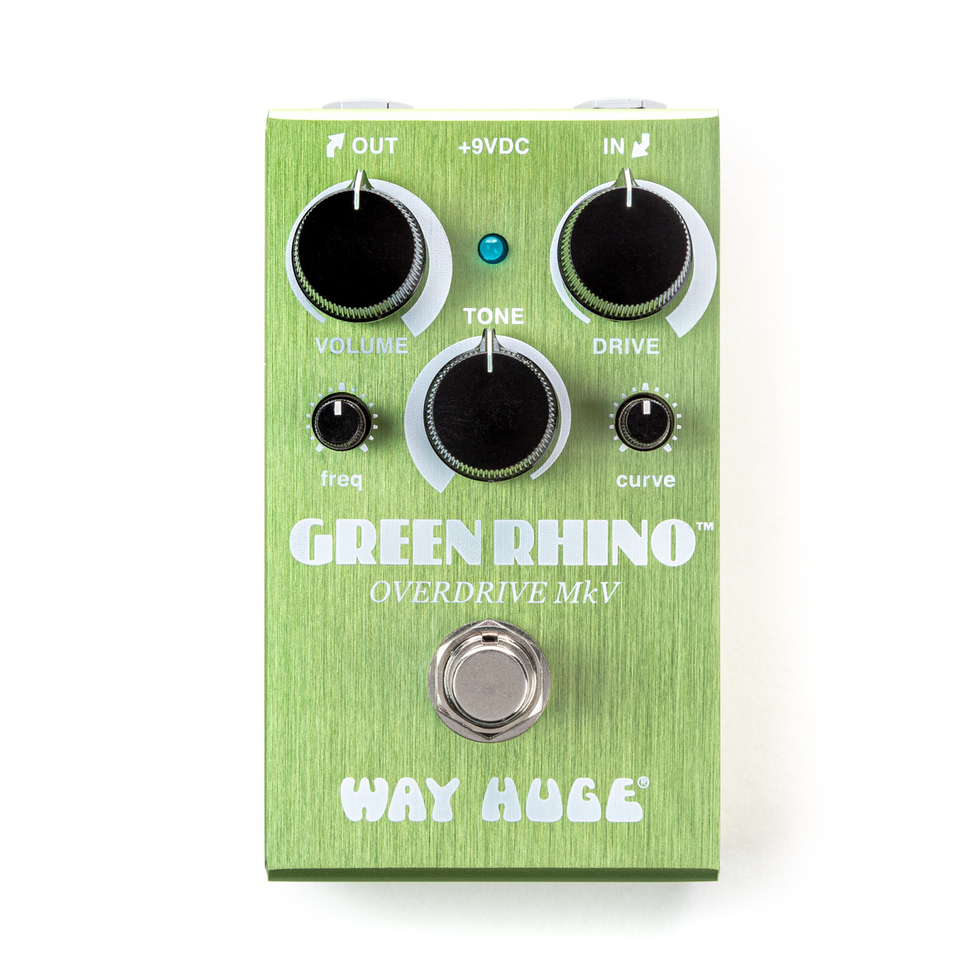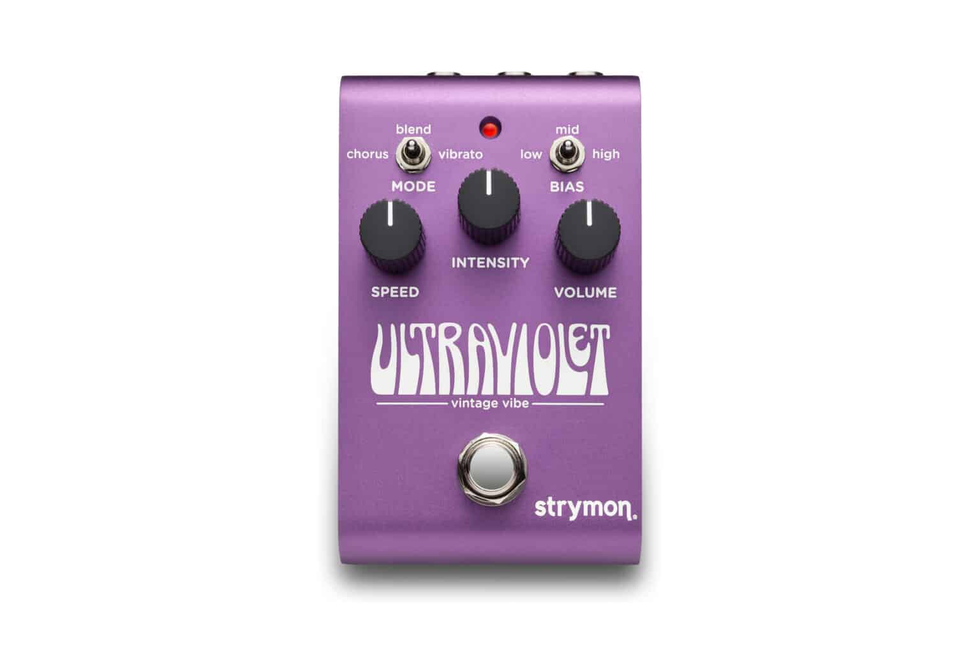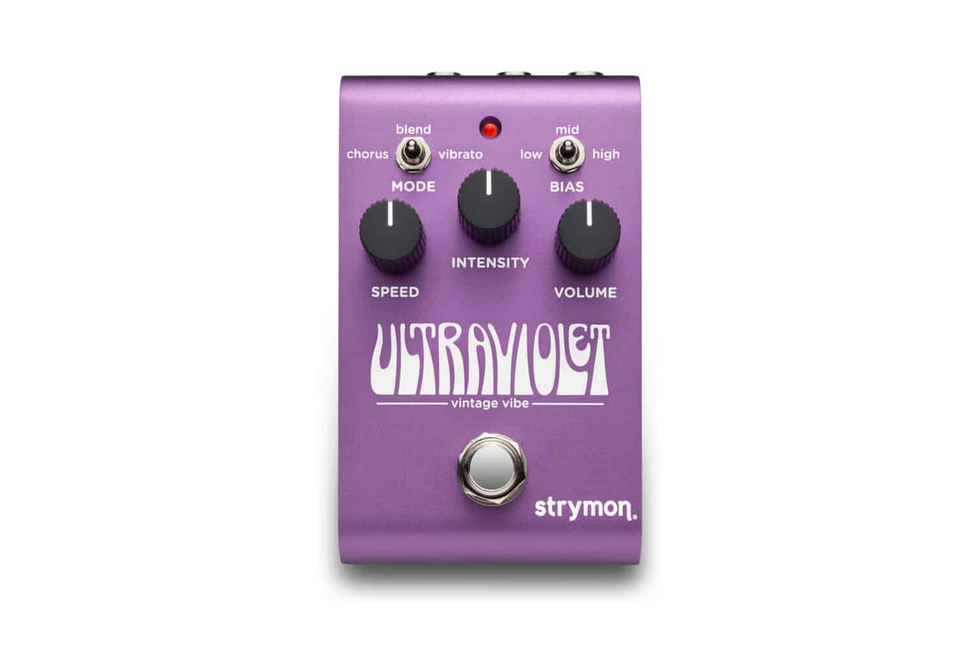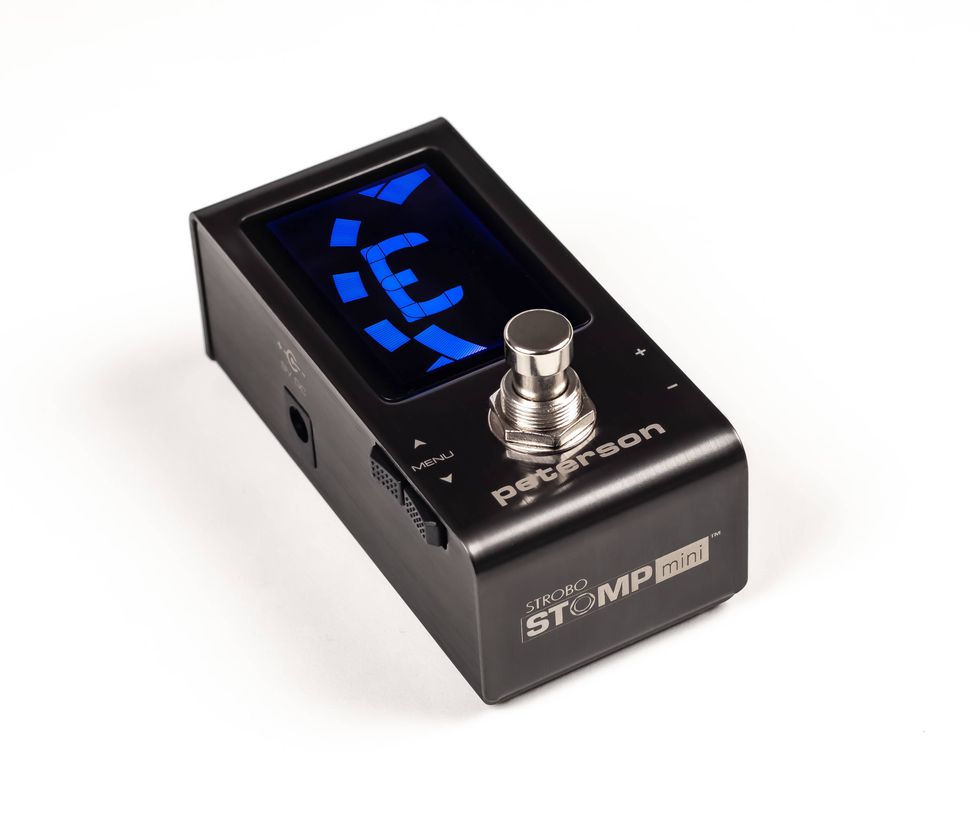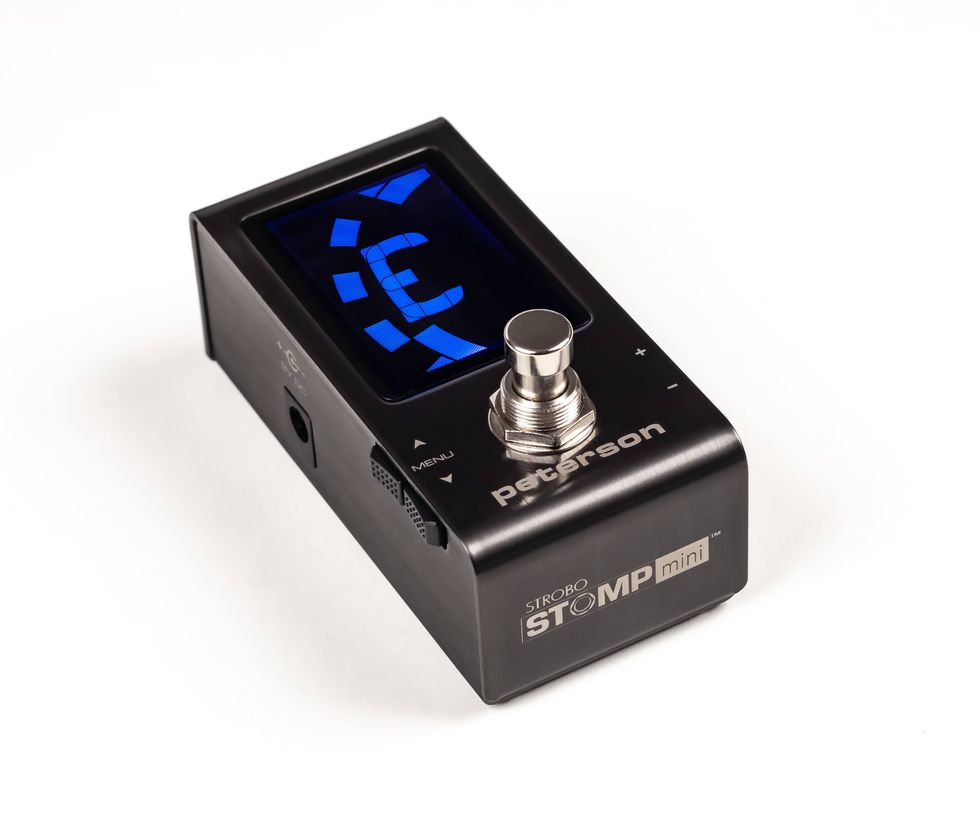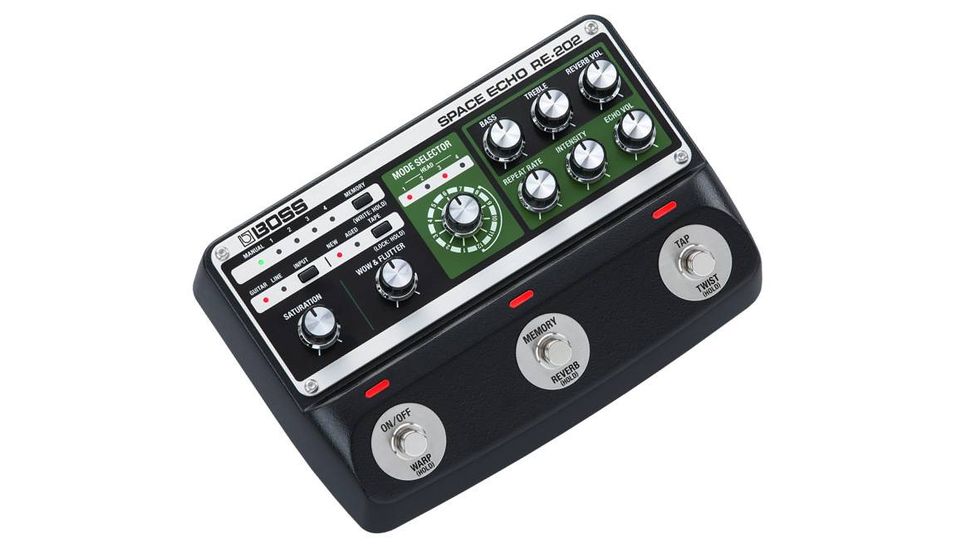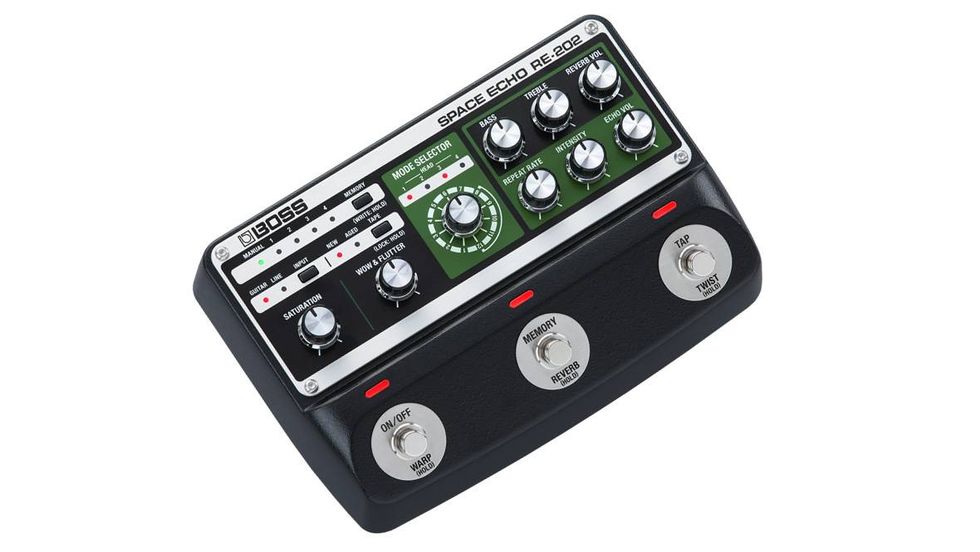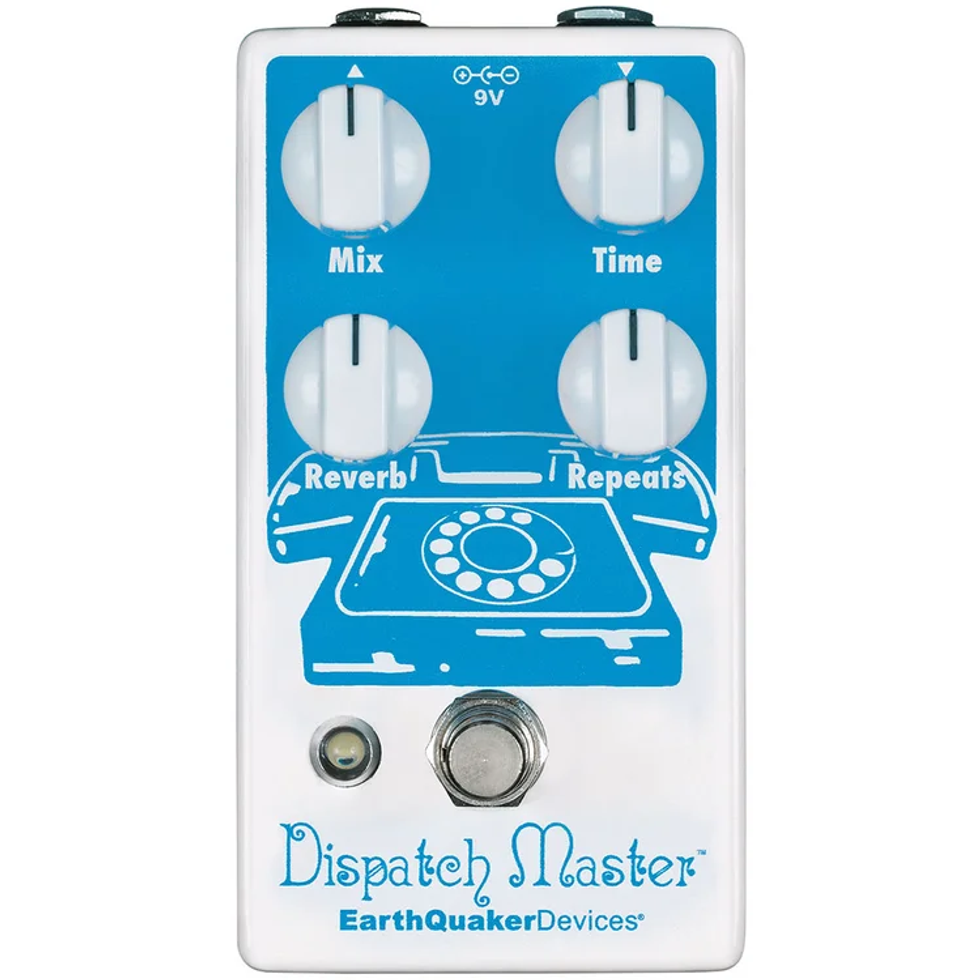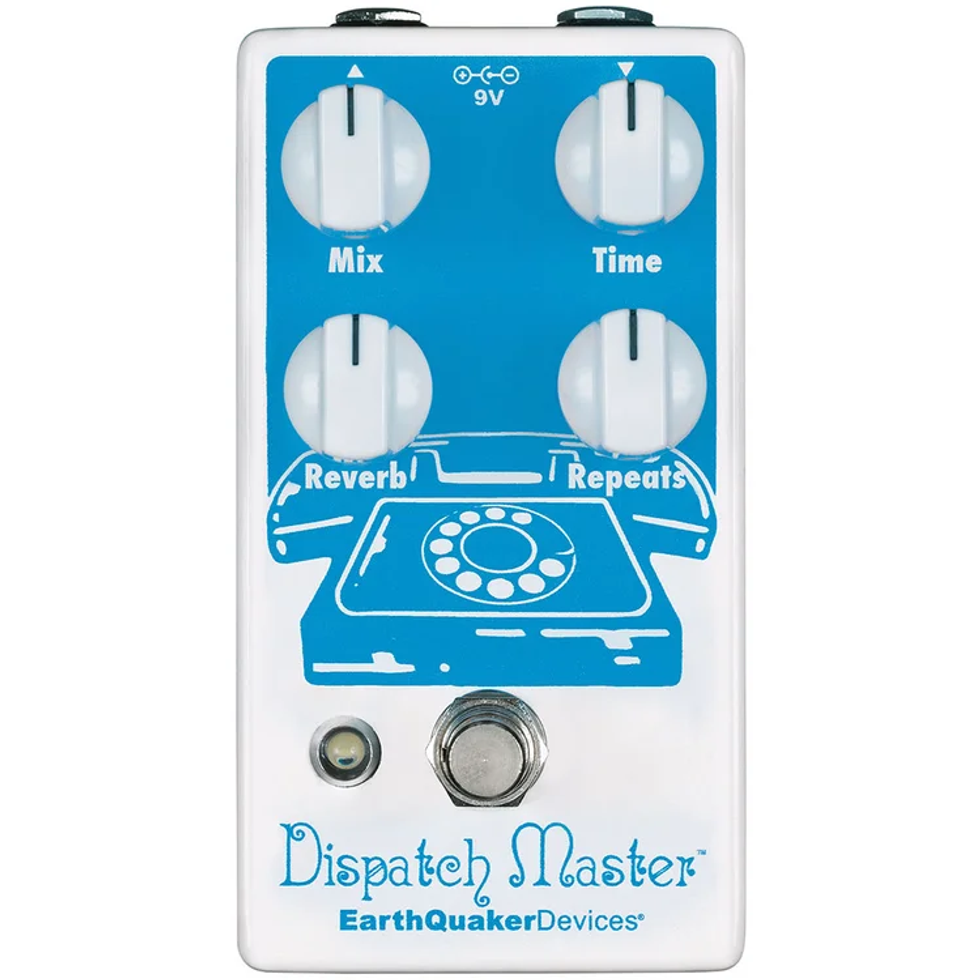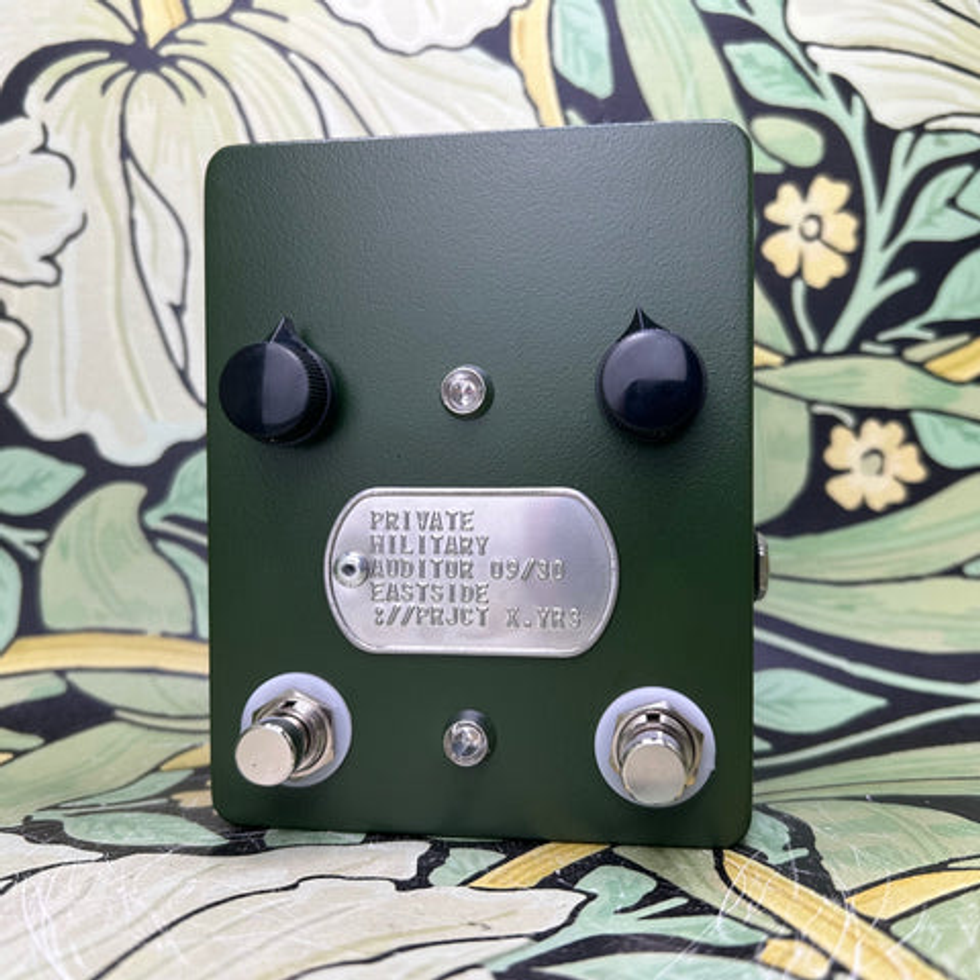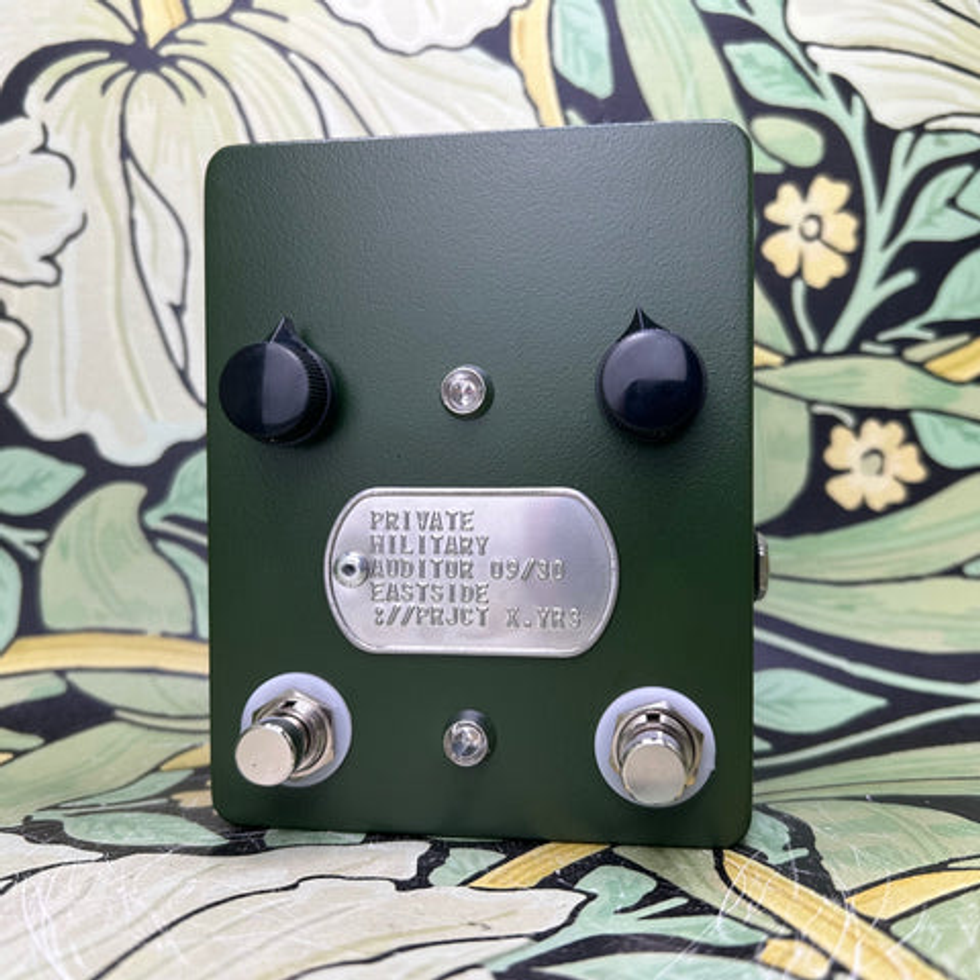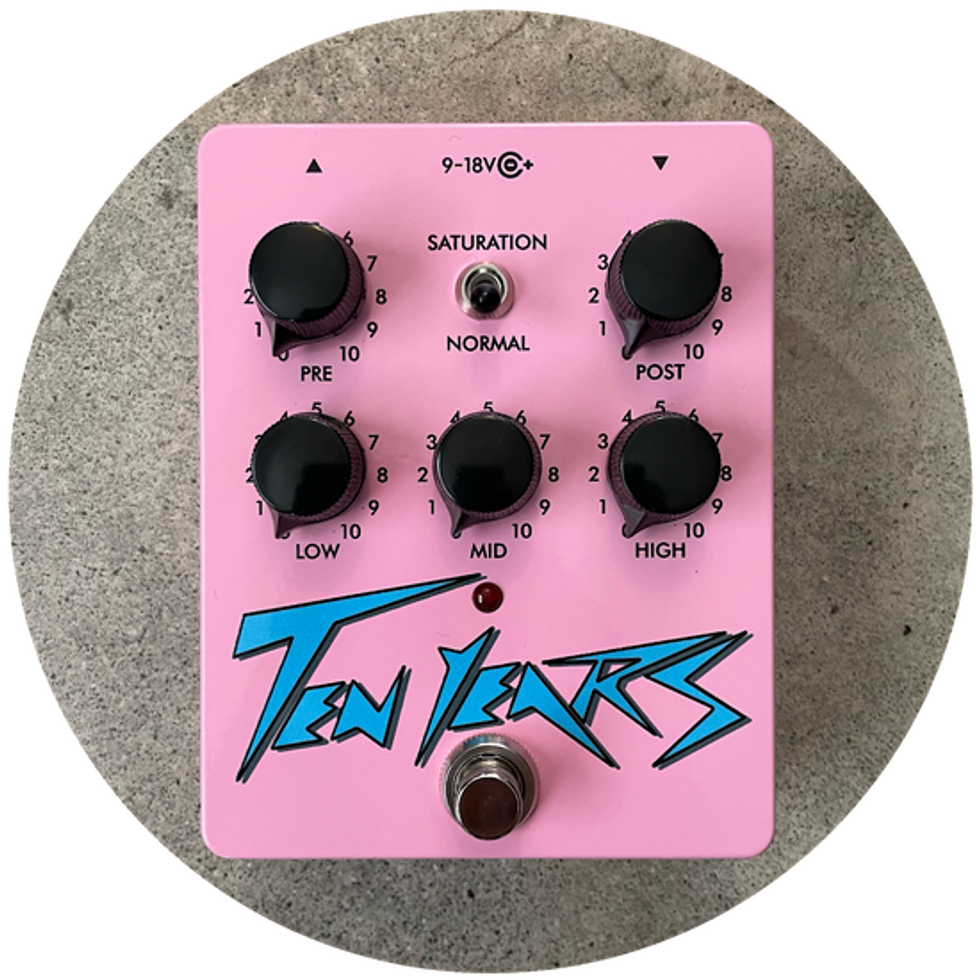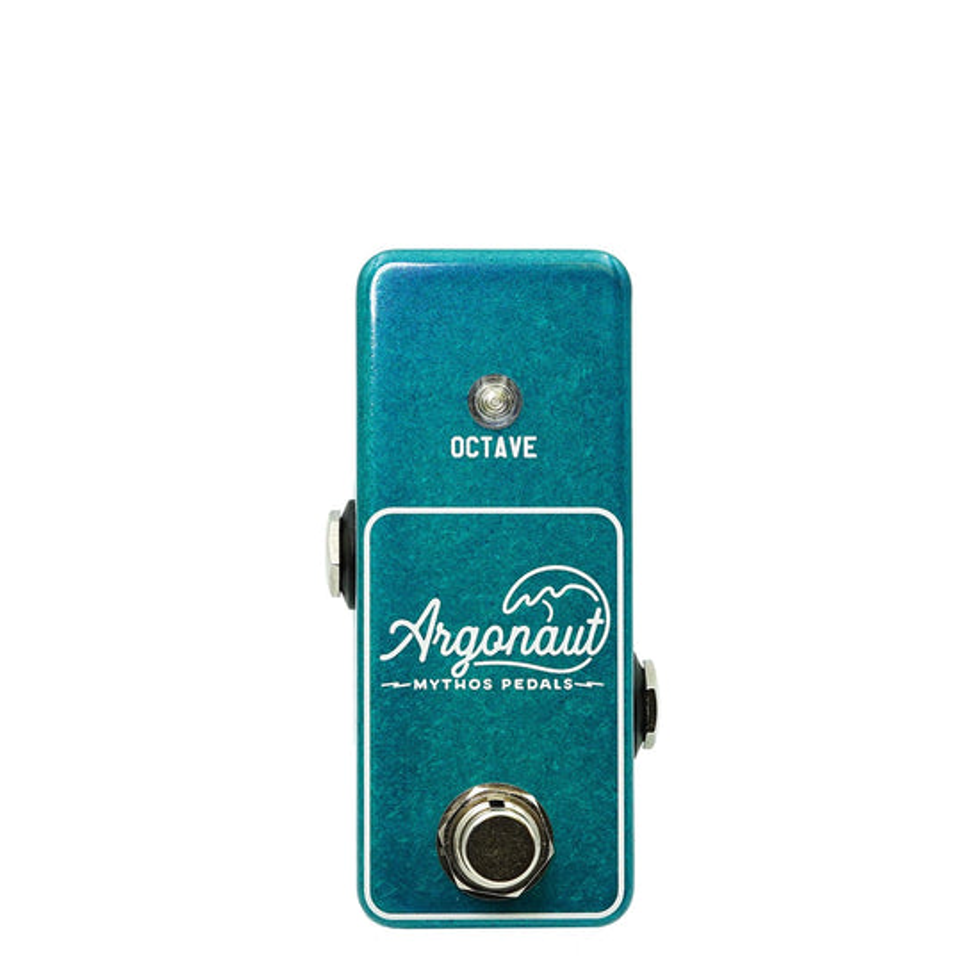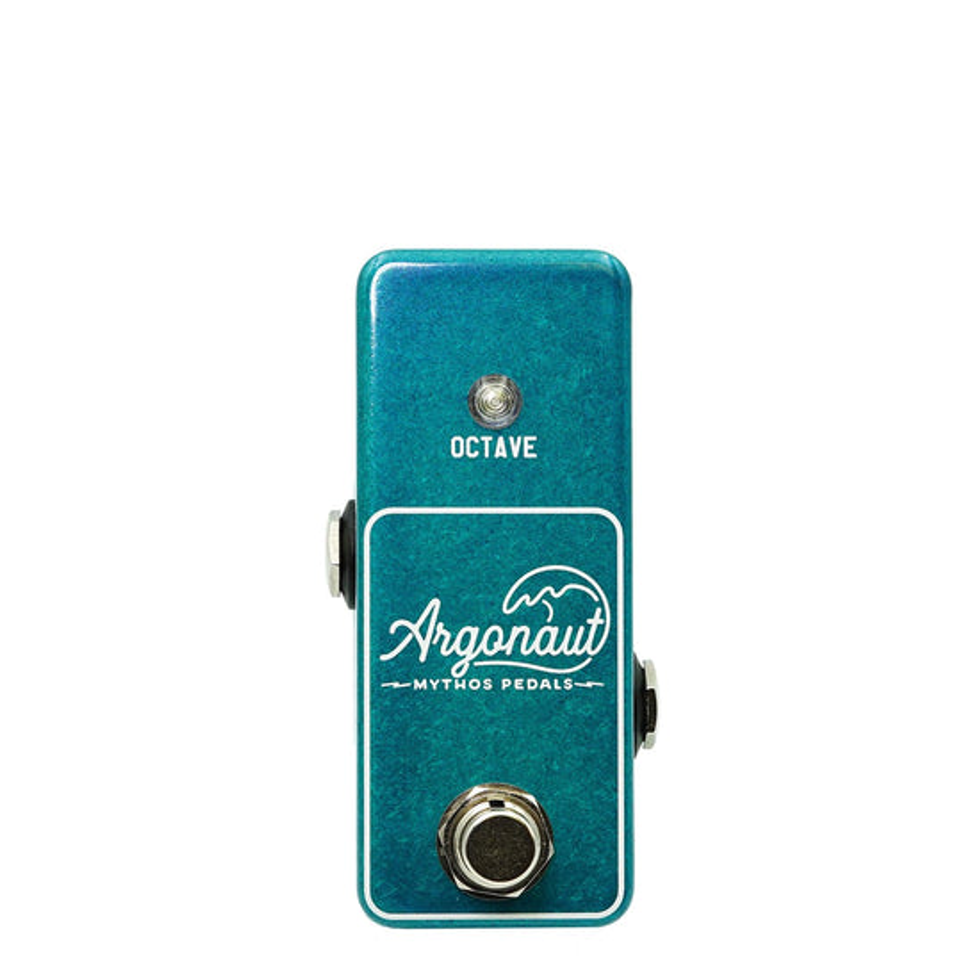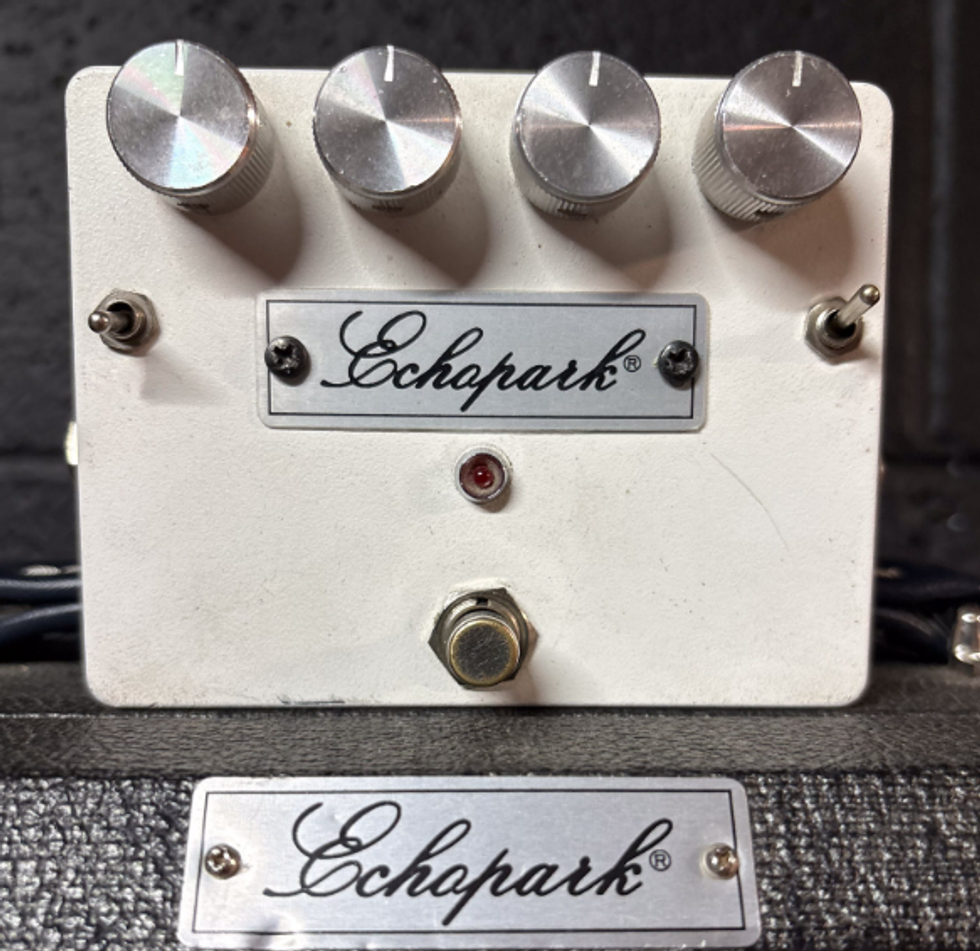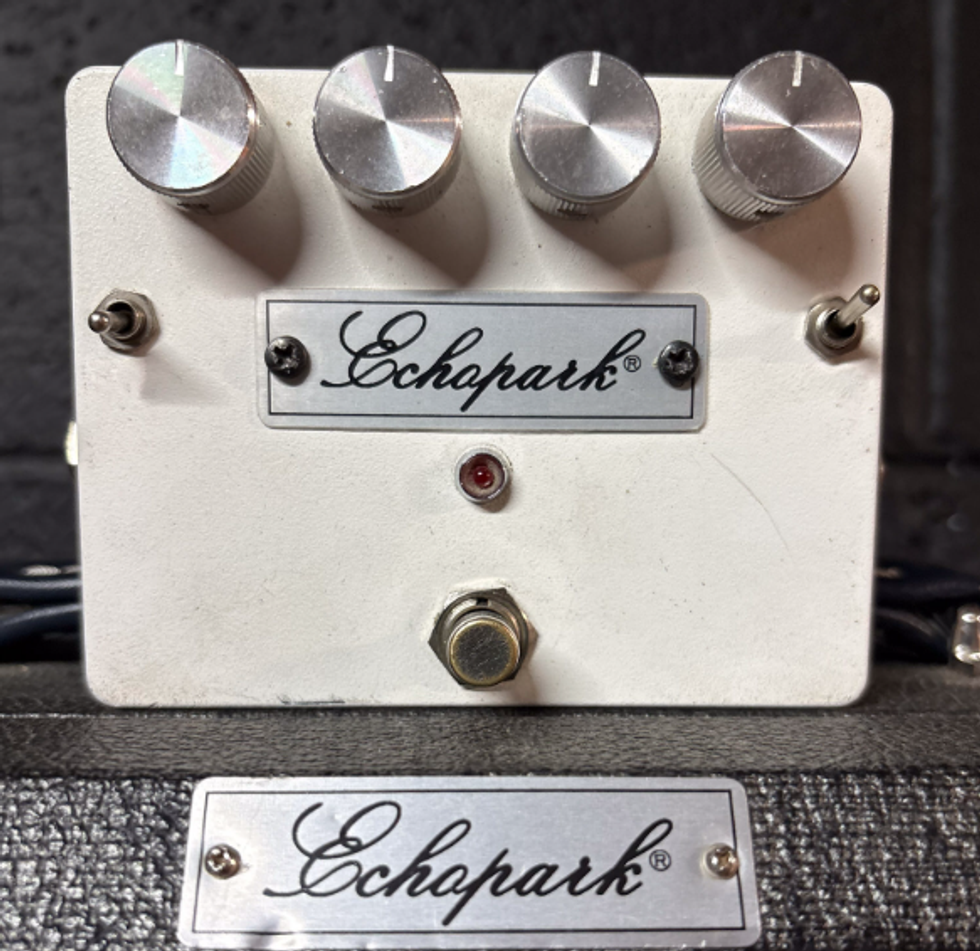Every once in awhile, I come up with an inexpensive and rewarding bass project. Usually these projects come about when I stumble upon a bass at a great price, or when I have an idea I’d like to try out but don’t want to spend big bucks buying a new axe off the rack.
This time, I ended up building a nice sounding, great playing Stingray clone for about $200. What fun!
A False Start…But A Great Pickup
A couple of months ago, I wanted to try a semi-hollow bass project and got an interesting Samick Royale that used one Music Man-style pickup. I tried a few different mods with it but couldn’t quite get the sound I was after. It played great, though, so I gave it one last shot with a different pickup. Looking around on talkbass.com, I found a Bartolini Stingray model that somebody had pulled from a Lakland.
In the bass world, Bart pickups are known for their warm, hi-fi character and moderate output, and that’s not what most players are after in a Stingray. But back in the late-seventies, I put a set of Barts in my ’74 Jazz. You’re thinking…replacement pickups in a vintage instrument? (Hey, who knew about rewinding pickups in the seventies?) That was the era of the replacement pickup and a small local shop talked me into trying the Barts, which weren’t considered vintage at that time.
So, I bought the Bart Stingray pickup ($50 shipped) and put it into the Samick bass, but that still wasn’t what I was looking for. Plus, I wasn’t able to shield the pickup in that semi-hollow axe and it had a bit more hum that I like. I’m pretty particular about keeping my basses quiet and hum-free. I ended up selling the bass and putting the original pickup back in.
There I was…a nice Stingray pickup in hand, but no axe to put it in!
Pondering Leo
Let me take another diversion here. I’ve always been a fan of Leo Fender-designed basses. The ’74 Jazz was my first real bass, the one that replaced my first Sears axe. The Sears bass was an “Oops!” moment, because when I bought it around 1970, my bass teacher told me shortly afterward that he’d found me a Fender bass for $100. Like a total idiot, I didn’t buy it, hanging onto the Sears instead. And for the last few decades, I’ve wondered what kind of vintage axe I missed out on.
Another reason I’m fond of Leo Basses is because I grew up in Fullerton, California, an easy bike ride from the Fender factory. I’ll always remember the time I rode over to the Fender factory in my early-teens and peered through the chain-linked fence at a dumpster full of rejected necks and bodies. (Yes, in the sixties!)
Besides playing Leo’s Jazz and Precision basses, I’ve played an early G&L L-1000 (with the famous OMG mode) and now, a G&L L-2500, but never a Stingray. What defines a Stingray the most is its big humbucking pickup located in a sweet spot a little closer to the bridge than a typical single pickup instrument, which gives it a little extra zing. The L-2500, in contrast, has one pickup a bit closer to the bridge and one closer to the neck. The Stingray pickup lands somewhere in between those two.
All right, let’s get back on track…
Finding A Body Donor
There I was with a nice Bartolini Stingray pickup just waiting for a bass. Yes, I know that’s backwards. First you’re supposed to buy the bass, then replace the pickup. To keep the project cheap, I posted a want ad on talkbass.com for an OLP (Officially Licensed Product) Stingray.
There are plenty of these OLP clones out there, they’re decent instruments for the price, and they’re cheap. I had a couple of offers and picked one up for $150. Now I was at the total cost of $200 for the key parts I needed. I already had some copper shielding tape left over from another project. And, of course, I had a set of needle files from the hardware store and all the soldering tools.
I decided to keep the cost and effort down by going without a preamp which Stingrays usually come with. I didn’t want to route the body to fit in a preamp and battery. But that left me with three pots and the need for just two. OLP wires their pickups in parallel, with a separate pot for each coil. That makes it sort of like a Jazz bass with the coils really close together.
Bartolini recommends wiring their Stingray pickup in series instead, which doesn’t work as well for separating the coils. As the Bartolini tech document explained, parallel wiring with this pickup produces about half the output of series and the tone isn’t as full.
A Switch Switchero
My solution – I put a series/parallel switch in place of the extra volume knob for a bit more versatility. Music Man Sterling basses and G&L basses use this kind of switch, and several websites show how to wire a pickup that way. It can be done with an inexpensive double pole-double throw switch. At this point, I’d broken the $200 barrier by about five bucks.
My first step was to wire up the bass to see if I could get a sound I liked. And as I expected, the Bartolini pickup sounded great. Full, tight bottom, clear top, good output, nice detailed sound (at least in series mode). The parallel mode had notably less output and punch, but hey, having a switch on your axe is always fun! So I ended up leaving the bass wired with the switch, even though I’m not likely to play it that way very much.
What’s That Hum?
With the basics taken care of, I backed up a step and removed the pickup and pots. Time for a full shielding job. Many inexpensive basses such as the OLP lack shielding, and you pay for that with some level of hum. Others use shielding paint, but I’ve never thought that shielding paint does the job as well.
In my opinion, shielding paint is far less conductive than copper foil, so it’s not as good at connecting ground lines from the pickup cavity and all. Plus, shielding paint is messy and smelly, and I already had some sticky back copper foil tape from Stewart MacDonald. Even the adhesive backing of their tape is conductive, which greatly simplifies the shielding work – no need to solder together the separate pieces of foil.
My usual plan of operation for shielding is to apply copper tape to the pickup cavity and the control cavity. This is done by cutting strips to fit and press them into place, overlapping each just a bit to assure continuity. It’s like building a metal box to encase all your electronics, only the box is made up of the foil stuck to the bass’s innards.
I usually avoid cutting one piece to go all the way around a cavity. The foil is just too sticky and crinkly, so going with two pieces makes the job easier. Be sure to bring the foil just a bit up onto the top so that it makes contact with the pickguard and the control plate. And then I put a piece of foil on the bottom of each cavity as well and ran a wire from the pickup cavity to the control cavity – if it’s not connected to ground, shielding doesn’t accomplish anything.
Foiled Again…
With both cavities lined with copper foil, I then got a sheet of heavy-duty kitchen foil and a can of spray glue, which is much easier and less costly than using copper for the pickguard. The connection is made just by contact with the lip of the cavities, so you don’t have to worry about soldering to the aluminum foil.
I set the pickguard face down on a sheet of newspaper and sprayed it with glue. After the glue sat up for a minute, I carefully laid the foil onto the back. You should try to avoid causing any wrinkles, but a few small ones are fine. I finished applying the foil by going over it with a small black roller I got from an art supply shop—you can use a rolling pin or a wallpaper roller as well.
After that, you have a pickguard with a sheet of foil stuck to the back. To trim out the foil, I got a small box cutter with a sharp blade and slowly went around the pickguard’s outside (same for the pickup cutout). For the screw holes, I poked through each one with a pencil. Don’t worry about getting the foil trimmed out perfectly because the edges aren’t really adding much to the overall shielding. I remounted the pickguard and then removed any tiny pieces with my fingernail—its really that easy.
So then I had a bass that was fully shielded. If you’ve done it correctly, you’ll have a passive bass with zero noise, and that’s exactly what I found when I reinstalled the electronics and controls. It was so dead silent it was almost eerie. Don’t worry about star grounding or ground loops—it’s never been a problem in the projects I’ve tried.
Now for the setup...
Guitar-tender, Set Me Up Another One!
I checked the neck relief and it was fine – just a hair of relief over the 7th fret when pressing down the E string at the first and last frets. Using a 6" steel ruler, I checked the string height over the octave. I set it up right at 3/32" across the strings—a bit more for the E and a bit less for the G, but when I played the bass, it rattled too much.
I’d gotten fooled by the nut height. If you measure string height at the octave without putting a capo at the first fret, nut height plays into the equation. If the nut is cut high like most tend to be, 3/32" is a false measurement – the action will really be lower for fretted notes. So what should you do? Press the string down at the first fret (or use a capo) and you’ll find the real string height. I needed to cut down the nut slots and adjust the string height a bit higher.
For cutting down the nut on a bass, I began by putting a piece of masking tape on both sides of the nut to protect against stray file marks. Then I tuned the bass and pressed down the E string right on top of the first fret and checked clearance over the second fret. I sort of did this by eyeballing it and feeling it through pressing the string down on top of the second fret. That gave me a guide for the clearance of the string over the first fret.
Ah Nuts, Filed Again!
I got the appropriate file out of the needle file set by angling the slot down toward the tuners just a bit. My goal was to get that first fret clearance by patiently filing, testing, filing and testing until it was a hair higher than what I wanted.
Then I played chicken with myself, taking another file swipe in hopes of getting the nut a bit lower without getting it too low. Repeat this procedure with the other three strings. When it was done, I got a larger flat file and a sanding block and took down the top of the nut and smoothed it with sandpaper.
The goal is to have about one-third to one-half of the string above the nut, which helps it glide smoothly during tuning. This time, I cut the top too low for the E string, but not by much. The heights above the fingerboard were just fine, though.
Taking Her For A Test Drive
With the nut slots lowered and the action set, my Stingray-on-the-cheap was ready for a try-out. Off it went to rehearsal with my Blues/R&B band. The sound was full, but not boomy. Clear, but not bright or harsh. The tone control – just a simple treble roll-off – did a nice job of rounding off the top end. I found myself turning the tone control down about 10 percent and it sounded great—very natural..not a speck of hum! And as I expected, the parallel setting couldn’t hold a candle to the beefier series mode.
One handy add-on I came up with was a pair of LokStrap disks. These little gems are cheap—only about two bucks—and they do the same job as the Straploks without the installation hassle. Just put the strap on the button, slip on the LokStrap, give the inner disk a half turn and the strap stays on.
Cheap Date, Happy Ending
And there you have it! Not quite a Stingray, since it lacks the preamp, but with a little time and patience to round up parts and put it together, it’s a bass that I’d be plenty willing to take out to a gig. At about $200, I think it turned out to be a real bargain.











![Rig Rundown: AFI [2025]](https://www.premierguitar.com/media-library/youtube.jpg?id=62064741&width=1245&height=700&quality=70&coordinates=0%2C0%2C0%2C0)












 Shop Scott's Rig
Shop Scott's Rig

